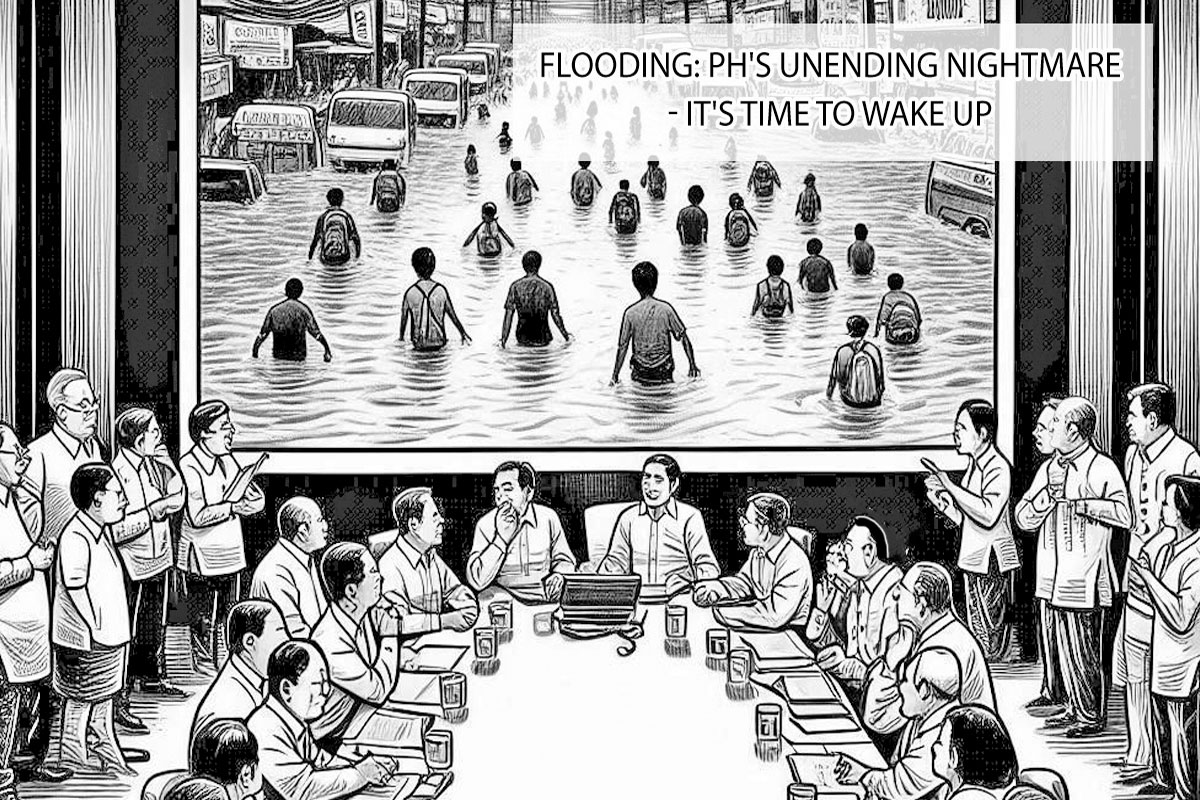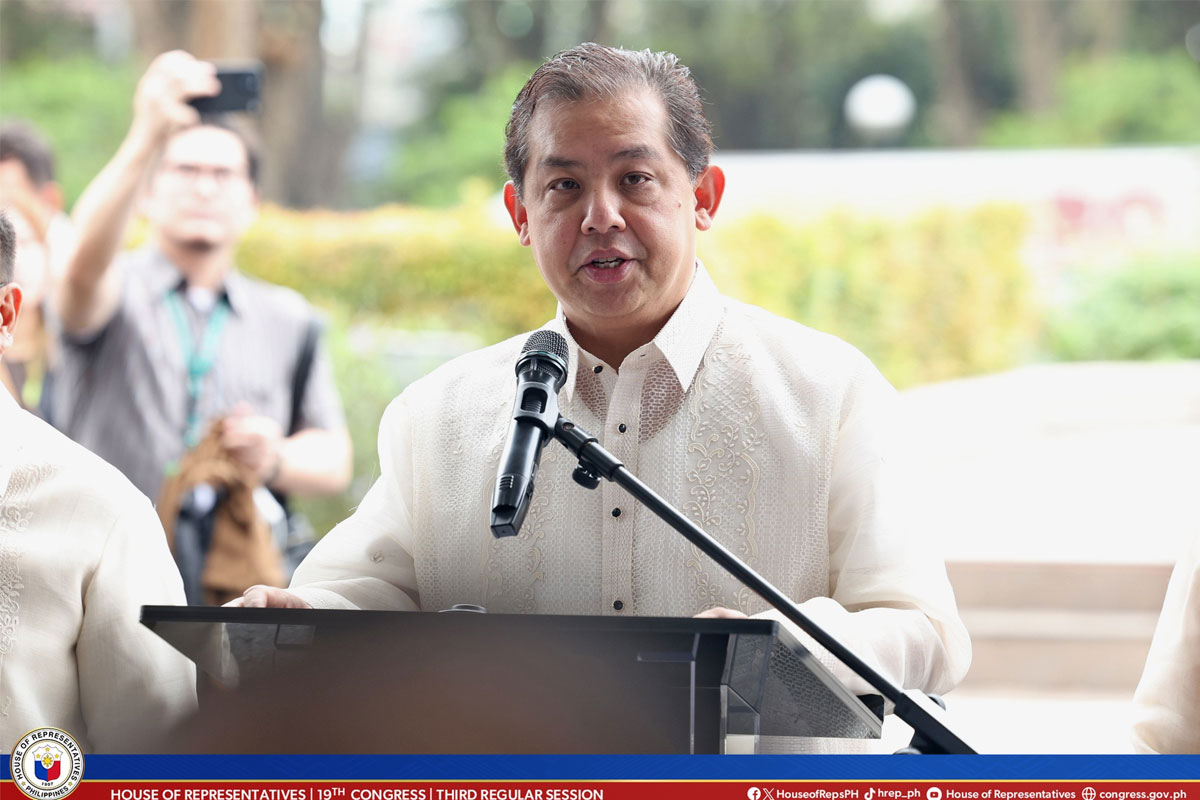
Flooding in PH
AS one of the world’s favorite “sparring partners” of typhoons, the Philippines needs to come up with an effective “plan of action” to address flooding in low-lying communities.
During the past few days, heavy rains brought about by the combined effects of the southwest monsoon and Typhoon Carina” submerged many areas in Luzon.
Particularly in the heavily-populated Metropolitan Manila (MM) area, where government work and classes in both public and private schools were suspended Tuesday.
In the view of many, the widespread flooding has thrust out front the need to hold a “flood summit” to address the problem.
A resident stressed: “Dapat mabusisi ng mabuti kung bakit nagkaroon ng malawakang pagbaha sa mga lugar na ito.”
And everybody agrees that many waterways, like rivers and creeks, are clogged with all kinds of garbage, including plastic materials.
“Pati nga drainage canals ay ginagawang tapunan ng basura ng mga walang paki-alam na residente,” lamented a barangay utility worker.
The widespread flooding came at a time when Filipinos, notably the farmers, are still recovering from the devastating effects of the El Nino weather phenomenon.
When there’s widespread flooding. it is the poor and the daily wage earners who suffer most because commercial firms are closed.
That’s why we need to address the problem of flooding in the Philippines, which is visited by an average of 20 typhoons a year.




















